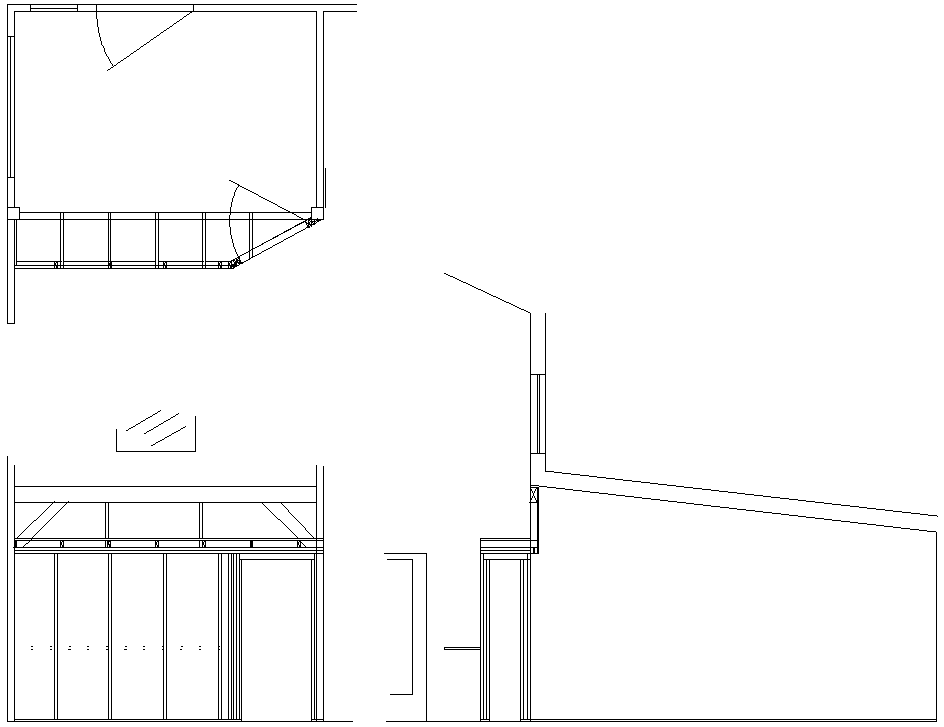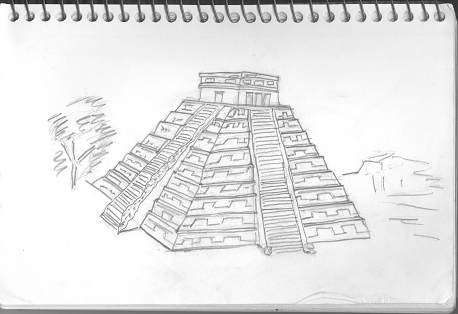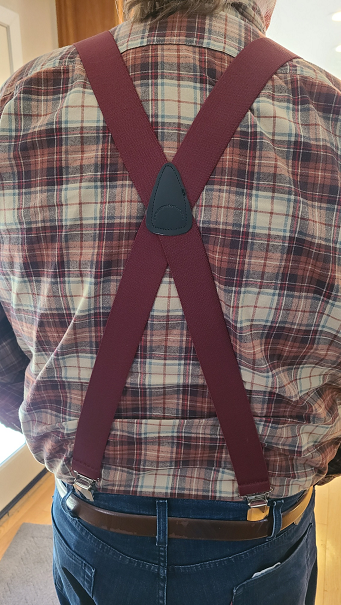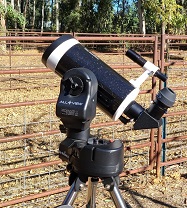A friend of mine sent a link to an interesting article about recent advances in grid scale battery storage. It all sounds like great news since the big drawback on using inherently variable renewable energy such as wind and solar has to do with the inability to store excess production for periods of lower production and brief fluctuations (which is typically only minutes away). The issue is that the grid has to supply exactly as much energy as needed, constantly. The amount of energy needed is called the “load”. The supply has to be varied to match the load because there is no way to control the load, it just happens as people do things. There is enough flexibility in letting the supply voltage vary with the load so that predictions about future needs (in terms of minutes or hours in the future) are sufficient to adjust the output of traditional power plants to keep things running. This is not the situation with variable sources such as wind or solar, these are not under our control. Therefore, the current situation is to level out the supply to match the load using peaker power plants that operate in a way that almost entirely wipes out any advantage of using wind, and most of the advantage of using solar. As odd as it seems, it takes so much extra natural gas to provide the peaking function as wind turbines make. The turbines are big and impressive, but they do very little to reduce the amount of fossil fuels used to power the loads attached to the grid.
This situation changes completely if there is sufficient storage to level out the production to match the loads over time. With sufficient storage in place the wind turbines don’t need fossil fuel peaker backup, and hence the use of hydrocarbon fuels can actually decrease. Maybe. The “maybe” part has to do with how the batteries are actually used. They can be used to reduce the number of peaker power plants, or they can be used to shift the time of production with the respect to the time of delivery. For example, wind produced at night when usage is low, and the cost per kw is low, can be time shifted to times of the day when loads are high, and price per kw is high. Using this approach, not much happens to the total amount fossil fuel used, but a LOT happens to the value of the energy being sold to achieve much higher profits for the energy industry. I’m not saying that they would do a thing like that, but it is certainly possible and makes the battery installations perhaps not so “green” as one might think at first.
I have a BIG problem with this approach to solving the energy storage requirement. Going into all of the concerns of this is a book length discussion. I can only touch on the issues in this blog, more study is required to fully understand the issues. The main cause of the problems that I am concerned about is that it is based upon two assumptions, (1) it is not possible to reduce the loads, and (2) large power production and long distance distribution of electricity is the only option available to us. Obviously, both of these assumptions are no longer true. They were basically valid at the time that the current electrical infrastructure was created, in the early 1930’s – but things have changed.
One of the most dramatic changes has been with regard to improved “efficiency” of almost all things powered by electricity. One example is the change in energy required for lighting. A $1.00 100 watt incandescent light can be changed to a $5.00 light that produces the same amount of light while using only 18 watts of electricity using $10.00 florescent lights, then we went to 10 watts with a $5.00 LED bulb, which is likely to soon go back to incandescent lights once again, but this time they will use less than 1 watt and cost less than $1.00. At that point we will have cut the energy for lighting to be only 1% of what it was, and at an installed price that is at or below the starting point. Another opportunity is the energy used to condition buildings, especially small buildings such as homes, small apartments and small businesses. It is currently possible to modify existing homes in California (and most of world) to use less than 1/4 of the energy that they currently do for heating and cooling, while making the building much more comfortable, and at a price that SAVES tens of thousands of dollars over not doing anything. When I first heard of this I was incredulous so I went into the general contractor/engineering business to see if it is true. It turns out that it is, and it is easily done with normal, off-the-shelf, traditional building practices and materials. It just takes a little big of care. For example, I found that I could easily fix an existing house that was in need of a new HVAC unit (because of a failure of the old unit) at a cost that is less than 1/2 the cost of fixing the old system, with a resulting energy use of less than 1/2 of the original – resulting in a much more comfortable building. That means that the new system cut energy use by 1/2 and resulted spending 1/2 as much as would have been the case without the improvements. That is more than “free” to the homeowner- it is making money for nothing. There are many, many examples of where this is possible. Another example was my changing my pool filter pump to a different type that matched the needs of my pool. This simple change, that cost $600 for the new pump replacing my old $600 but failed pump, reduced my $120 a month electricity bill (just to run the filter), to $20 a month. I now us 17% of the power with a savings of about $100 a month. The new pump was “free” because I was replacing the old one because it had failed. However, even if I was replacing a good pump that change paid for itself in 6 months and has been running for over five years, saving me around $6000 in power bills. It is hard to make a return on investment like that in the stock market.
Beyond these kinds of “local” efficiency improvements are the huge efficiency improvements available by eliminating long distance transmission of power from large power plants, whether they are traditional, solar, wind or any other generation. Losses from long distance transmission are in the neighborhood of 50%. This means that if power were to be made “locally” instead of at a distance, the amount of production required to supply the load is reduced by one half. That means we could do with only using 1/2 of the power that we are currently generating. The point is that local production matching local use is much more efficient, and we now have the means to do so with the new technologies of “roof top” solar and local battery storage. The price of solar panels has decreased from $6.00/watt when I purchased my system ten years ago to $0.50/watt (or less) today. Even at the high $6.00/watt price that I paid, my system was paid off in about eight years and now I will get an additional 20 or more years of free power. At today’s rates, my solar system would have been paid off in about 3 to 4 years, and would be a huge “income” source (through reduced energy costs) for all of my retirement years, saving over $100,000 should I be lucky enough to live into my 80’s – which I hope to do.
Coupling local generation with local storage, while being connected to the grid to “share” with other nearby grid loads that can’t be met without using the grid (for example, many industrial usages that require a lot of power on a small footprint), can result in massive reductions in the amount of energy needing to be “wheeled” by the power transmission system with remote large scale power generators. My calculations, based upon California PUC data, shows that changing to locally (on site) produced electricity from solar, coupled with on site storage capable of a few hours of storage, can reduce the State’s utility provided energy budget to the point where no large solar installations are needed, no wind turbines are needed and no fossil fuel power plants are needed. This includes a situation where most vehicles have switched to electricity. If we were to do the many “small things” that are readily available and affordable at the consumer side, we would find that we eliminated almost all of carbon producing sources of power, had done so at a significant savings to the consumer, without requiring subsidies or tax incentives to do so. We would have better operating equipment and buildings, almost zero carbon “foot print” and would have vastly reduced energy costs to the consumers.
If the question is, “are we there yet?” the answer is “yes, but we have to use what is available.” We can do it right now, without adding any extra taxes or any extra expenses, while creating an immediate increase in high paying jobs to do all of the small scale installations required. The utilities would still have a very critical role in maintaining the transmission lines to keep the grid working, and they would continue to operate existing clean energy production, such as the current hydroelectric and nuclear power plants (until they finally wear out). Mainly we just need to switch our point of view about energy production and use from being “utility centric” to “user centric”.



